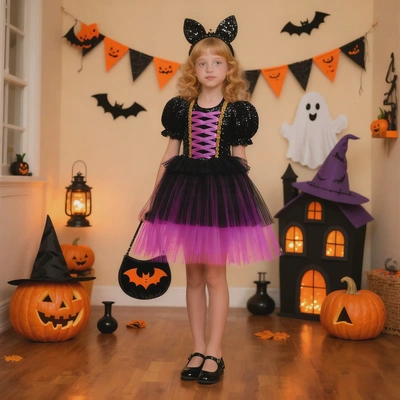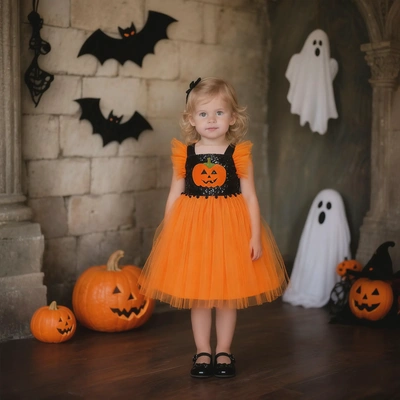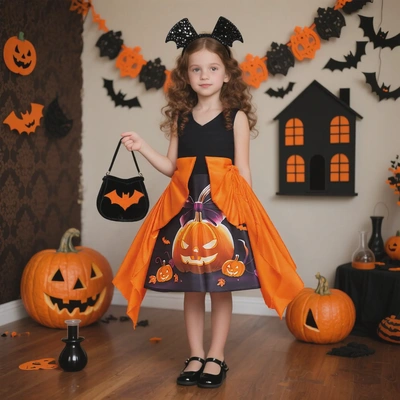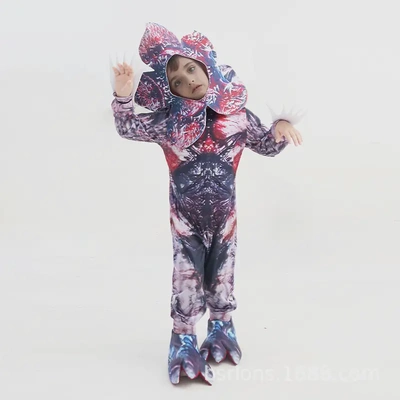What is the Ideal Style of Anime Cosplay Costume for Japanese Fans?
Introduction
Anime holds a special place in Japanese culture, and cosplay has become an integral part of expressing love and admiration for anime characters. For Japanese fans, the ideal anime cosplay costume is not just about looking like the character but also about capturing the essence and spirit of the anime world. This article delves into the elements that make up the ideal style of anime cosplay costumes for Japanese enthusiasts.
1. Accuracy to the Source Material
1.1 Exact Replica of Character Design
- Japanese fans highly value authenticity. The ideal cosplay costume should be a near - perfect replica of the character's design from the anime. Every detail, from the color of the character's hair to the pattern on their clothing, matters. For example, if cosplaying as Naruto Uzumaki, the orange jumpsuit with the black flame - like patterns, the blue - and - white headband, and the red - and - black scarf must be replicated precisely. Even minor details such as the stitching on the sleeves or the shape of the buttons are carefully recreated.
- This attention to detail extends to the character's accessories. A cosplayer of Sailor Moon would ensure that the tiara, the brooch, and the transformation wand are exact matches to those seen in the anime. The materials used for these accessories should also mimic the look and feel of what was presented in the original series.
1.2 Incorporating Character - specific Elements
- Beyond the basic clothing and accessories, the ideal cosplay costume should incorporate elements that are unique to the character. This could be a particular way of wearing the hair, like the spiky hairstyle of Goku from Dragon Ball. Some characters have distinct postures or ways of carrying themselves, and these aspects can be subtly incorporated into the cosplay. For instance, the confident and sassy stance of Asuka Langley Soryu from Neon Genesis Evangelion can enhance the overall authenticity of the cosplay.
2. Quality of Materials
2.1 Durable and Appropriate Fabrics
- High - quality materials are a must for Japanese cosplayers. The fabric used for the costume should not only look right but also be durable enough to withstand multiple wearings and potential movement during cosplay events. For a samurai - inspired anime character, a sturdy and textured fabric to represent the kimono and armor would be ideal. Silk or silk - like fabrics are often used for more elegant and flowing costumes, such as those of female characters with long dresses or robes.
- The choice of fabric also depends on the function of the costume. If a character has a lot of action scenes, a stretchy and breathable fabric might be preferred to allow for easy movement. For example, a cosplayer of an action - oriented ninja character would benefit from a flexible fabric that doesn't restrict their movements during poses or skits.
2.2 High - quality Accessories
- Accessories play a crucial role in creating an ideal cosplay costume. They should be made of good - quality materials that can withstand handling. For example, a prop sword for a sword - wielding anime character should be well - crafted, with a realistic look and feel. It should be made of materials like high - density foam or resin to ensure durability while still being safe for use at cosplay events. Jewelry and other small accessories should also be of high quality, with accurate coloring and detailing.
3. Comfort and Mobility
3.1 Ergonomic Design
- While accuracy and quality are important, comfort is not overlooked. The ideal cosplay costume should be designed ergonomically to fit the body well. This means that there should be no tight or constricting areas that could cause discomfort during long hours of wearing. For example, a costume with a corset - like design should be adjustable to ensure a comfortable fit around the waist.
- The design should also allow for easy movement. Cosplayers may need to walk, run, pose, or even perform skits, so the costume should not impede their mobility. A costume with split - hem skirts or loose - fitting pants can provide the necessary freedom of movement for active cosplay.
3.2 Breathability
- Japan has a variety of climates, and cosplay events can take place both indoors and outdoors. Therefore, breathability is a key factor. The fabric of the costume should allow air circulation to prevent sweating and discomfort. Light - weight and breathable fabrics are often preferred, especially for costumes worn during warmer months or in crowded indoor spaces. For example, a cosplayer wearing a thick, multi - layered costume can choose fabrics with good ventilation properties to stay comfortable throughout the event.
4. Cultural and Aesthetic Appeal
4.1 Incorporating Japanese Aesthetics
- Japanese cosplayers often infuse traditional Japanese aesthetics into their cosplay costumes. This could be in the form of using traditional Japanese patterns like cherry blossoms, koi fish, or wave motifs in a modern anime - inspired design. For example, a cosplay costume for a female character might have a kimono - style top with a contemporary anime - inspired print combined with traditional Japanese patterns for an added touch of cultural significance.
- The overall color palette of the costume may also be influenced by Japanese aesthetics. Soft, muted colors or bold, traditional color combinations can be used to create a visually appealing and culturally resonant cosplay.
4.2 Alignment with Japanese Cosplay Culture
- The ideal cosplay costume also aligns with the unwritten rules and trends of Japanese cosplay culture. This includes the way costumes are presented, the level of modesty (which can vary depending on the character and the context), and the overall atmosphere of the cosplay event. For example, in more formal cosplay competitions, costumes are expected to be well - presented, with attention to detail in both the costume and the overall appearance of the cosplayer.
FAQ
Q: Can an ideal anime cosplay costume for Japanese fans be modified?A: Yes, but any modifications should enhance the authenticity or functionality of the costume. Minor modifications to improve fit, comfort, or to add a personal touch while still maintaining the essence of the original character design are generally acceptable. However, major changes that deviate significantly from the source material may be less well - received in the Japanese cosplay community.Q: How important is makeup in achieving the ideal cosplay style?A: Makeup is extremely important. It helps to further transform the cosplayer into the character, enhancing features to match those of the anime character. For example, using colored contacts to match the character's eye color, or applying makeup to create a specific skin tone or facial markings can greatly enhance the overall look of the cosplay.Q: Are there any trends in the ideal cosplay style for Japanese fans?A: Trends can change over time, often influenced by popular anime releases. Currently, there is an increasing trend towards more detailed and high - quality costumes, as well as a focus on cosplaying characters from niche or less - mainstream anime. Additionally, there is a growing interest in cross - cosplay (cosplaying a character of the opposite gender) with a focus on accurately representing the character's personality and appearance.
Conclusion
The ideal style of an anime cosplay costume for Japanese fans combines accuracy to the source material, high - quality materials, comfort, and cultural and aesthetic appeal. By considering these factors, cosplayers can create costumes that not only pay homage to their favorite anime characters but also resonate with the rich cosplay culture in Japan.





